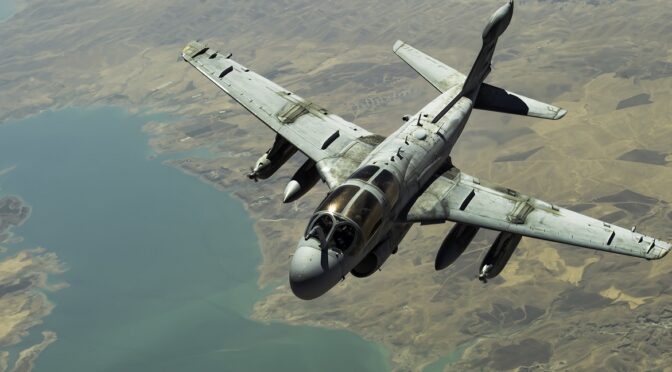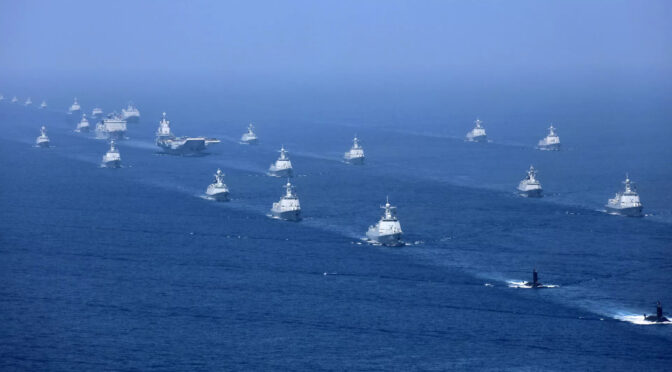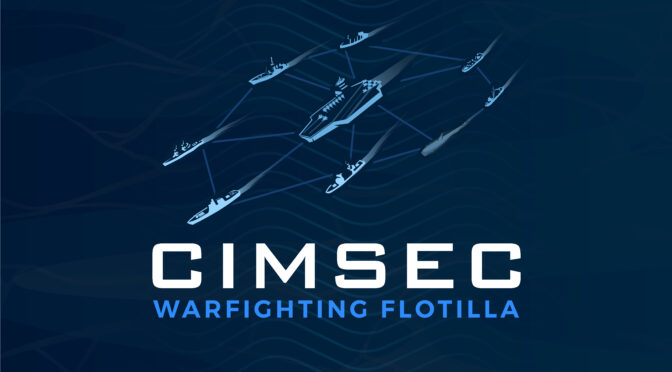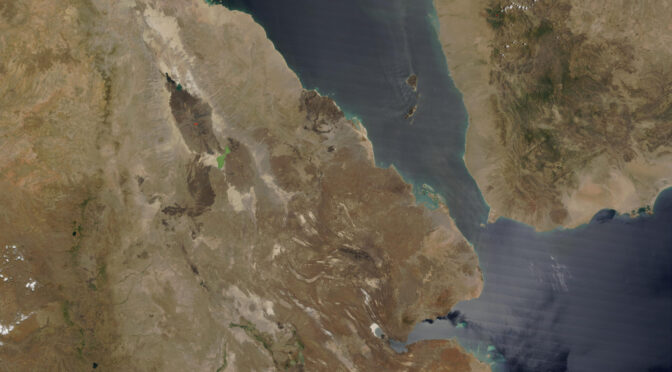By Dmitry Filipoff
Tom Wildenberg spoke with CIMSEC about his new book, Fighting in the Electromagnetic Spectrum – U.S. Navy and Marine Corps Electronic Warfare Aircraft, Operations, and Equipment. In this book, Wilbenberg traces the development of naval airborne electronic warfare back through WWII, and captures the various innovations, tactics, and controversies of these unique platforms and capabilities.
In this conversation, Wildenberg discusses the value of electronic warfare capability, deadly shootdown incidents involving electronic reconnaissance aircraft, and how the Joint Force came to rely so heavily on the Navy for airborne EW.
Electronic warfare is an especially complex and technical form of capability. Broadly speaking, how can we understand the value of EW capability and its various applications?
especially complex and technical form of capability. Broadly speaking, how can we understand the value of EW capability and its various applications?
Electronic Warfare (EW) can be either active or passive. Passive EW involves signal intelligence (SIGINT), also known as communications intelligence (COMINT), and electronic intelligence (ELINT). The former allows one to listen in on the enemy’s communications, which can be an important intelligence asset. The latter is used to collect data on the performance characteristics of the enemy’s electronic devices, such as radar, and is also used to establish the enemy’s electronic order of battle.
There are two primary methods of active EW. Jamming is the one that most people are familiar with. It uses high-power electromagnetic energy to disrupt or blind the enemy’s radars, or to prevent the use of communication by filling his communication channels with noise. More sophisticated methods are used to spoof, capture, or insert false information into the enemy’s radars (search or fire control) or communication systems, disrupting their use or effectiveness.
Aerial electronic warfare missions tend to fall into two broad categories – tactical support to operational forces and national-level intelligence collection missions. How can we characterize these two mission areas, and how did they create tensions over limited EW assets?
Strategic SIGINT and ELINT missions are conducted under the auspices of the National Security Agency, which authorizes, plans, and funds these missions, which are conducted using aircraft and personnel from highly secret Air Force and Navy units that are specially established for this purpose. Since these highly secret missions are funded via the so-called “Black Budget,” their funds are separate from the operating forces that employ EW on the tactical level.
During past conflicts, such as the war in Vietnam, the limited distribution of intelligence gathered by the NSA caused conflicts with both the local and theater commanders who believed that withholding this information was detrimental to in-theater operations.
The Vietnam War and Operation Desert Storm both featured numerous U.S. aircraft battling complex integrated air defense systems. How did electronic warfare feature in these air campaigns?
The United States military was unprepared when the North Vietnamese began fielding their Russian-supplied SA-2 anti-aircraft missiles. Quick responses by industry, Air Force, and Navy EW specialists enabled both services to field effective countermeasures and tactics that were generally effective in defeating the anti-aircraft missiles. However, the North Vietnamese were constantly developing methods to defeat the American countermeasures, requiring constant re-adjustment by American forces. To avoid these missiles, U.S. aircraft were required to fly at low altitudes during the approach and egress from their target areas, subjecting them to the danger of intense gunfire from hundreds of anti-aircraft weapons. The vast majority of U.S. aircraft losses in Vietnam were downed by these easily deployed weapons.
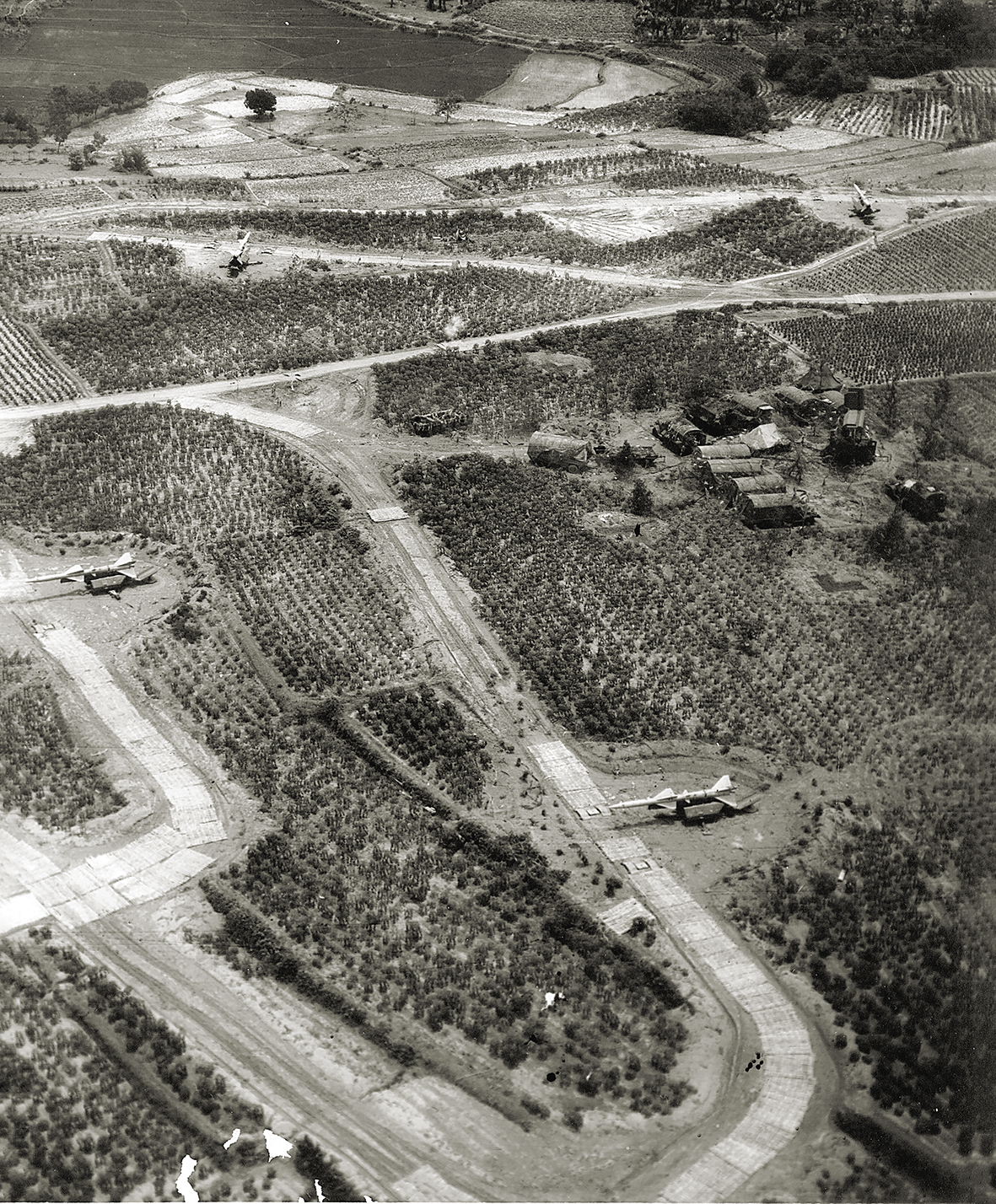
One significant revolution in military affairs that emerged from the air war over Vietnam was the need to suppress enemy air defenses (SEAD) and the creation of units and tactics designed specifically for this purpose. This concept was used very effectively during Operation Desert Storm to virtually eliminate Iraq’s air defense system.
You note that virtually all electronic warfare aircraft in the U.S. military were a product of reconfigured airframe designs. You highlight the EA-6B Prowler as a possible exception. What was unique about this aircraft and how potent was its EW capability?
The origins of the EA-6B Prowler can be traced to the Marine Corps requirement to replace its aging F3D-2Q Skynight for a carrier-capable aircraft filling the EW attack mission. The Marine Corps provided funding to modify one of the original A-6A Intruders for this purpose. The success of Grumman’s protype led to a production contract for 12 two-seat EA-6A carrier-based EW aircraft.
Towards the end of 1965, as the Marines were beginning to deploy the EA-6A, the Navy needed to replace its aging EKA-3Bs and issued a requirement for a carrier aircraft having a state-of-the art countermeasures suite to support tactical strike aircraft by denying the enemy (the North Vietnamese) the effective use of their defenses and radio communications. Grumman was already at work on an improved version of the EA-6A based around the ALQ-99 tactical jamming system then under development. Since the new ALQ-99 system could not be handled by one electronic countermeasures operator (ECMO), the crew was increased to four – a pilot and three ECMOs.
The EA-6B as originally delivered had an extremely comprehensive electronic warfare suite (internally mounted) that included four defensive jammers, three offensive tactical jammers (covering three radar bands), an integration receiver, and a surveillance system. In addition, the aircraft had seven external stores stations to hold a 300-gallon fuel tank, two more tactical jammers, and up to four weapons.

Electronic intelligence missions can be risky, even if there is no outright conflict. What are some of the more notable close calls and shootdown incidents that happened in peacetime and how did they influence subsequent operations?
During the first decade of the Cold War, the Joint Chiefs of Staff authorized the Special Electronic Search Project utilizing personnel from the Naval Security Group, who specialized in ELINT and cryptology, to conduct “ferret” missions around the Soviet Union and communist states. Theses missions were extremely hazardous for the Navy crews flying them. Between December 1950 and June 1959, 18 Navy planes were attacked. Six were shot down or forced to ditch, killing and wounding a number of Navy personnel.
In November 1968, the Navy began conducting scheduled ELINT missions off the coast of North Korea using piston engine EC-121Ms that had been derived from the Lockheed Constellation. On April 15, 1969, an EC-121M using the call sign Deep Sea 129 was flying on a routine mission over the northwest corner of the Sea of Japan when it was intercepted and shot down by two North Korean MiG-21s – despite the fact the Air Force radars in Korea had detected two North Korean MiGs flying toward the unarmed EC-121M. The U.S. Air Force Security Service listening post at Osan, South Korea, which was eavesdropping on North Korean voice and Morse air defense radio traffic, was also tracking the path of the EC-121M, as well as the intercept course of the North Korean fighters. The naval security group listening post at Kamiseya in Japan was also intercepting Soviet PVO radar tracking of the EC-121M. Both of these sources provided NSA with real-time information about the flight path of Deep Sea 129 and the MiGs attempting to intercept, but did not provide sufficient warning to Deep Sea 129’s crew.
In the weeks following the shootdown, the command-and-control aspect of the EC-121M incident was examined by two official executive office study groups. One was a CINCPAC board of evaluation, the other a JCS ad hoc fact-finding group. The consensus of these studies was the need to improve command and control communications during such missions and that protection for reconnaissance flights into sensitive areas required more coordination between the SIGINT community and the Air Force operational commands that had protective responsibility. A specific recommendation called for integrating SIGINT information with operational information at command-and-control centers where decisions could be made based on all-source information. A naval board of inquiry into the loss of the EC-121M was also convened. One of the recommendations made by this board was for the procurement of higher-performance aircraft to replace the obsolete EC-121M, leading to the development and procurement of the EP-3B ARIES.
Regardless of the danger faced by the crews flying electronic reconnaissance missions, they continued to be flown and were frequently harassed. On April 1, 2001, a Chinese F-8 on one of these harassing missions accidently struck an EP-3E ARIES flying off the coast of China, forcing the severely damaged aircraft to land on China’s Hainan Island. Although the crew used the short time before landing to destroy as much of the sensitive equipment as possible, what information obtained by the Chinese was never revealed. The crew was eventually released after the U.S. government delivered a letter “expressing sorrow,” but not apologizing for the incident.
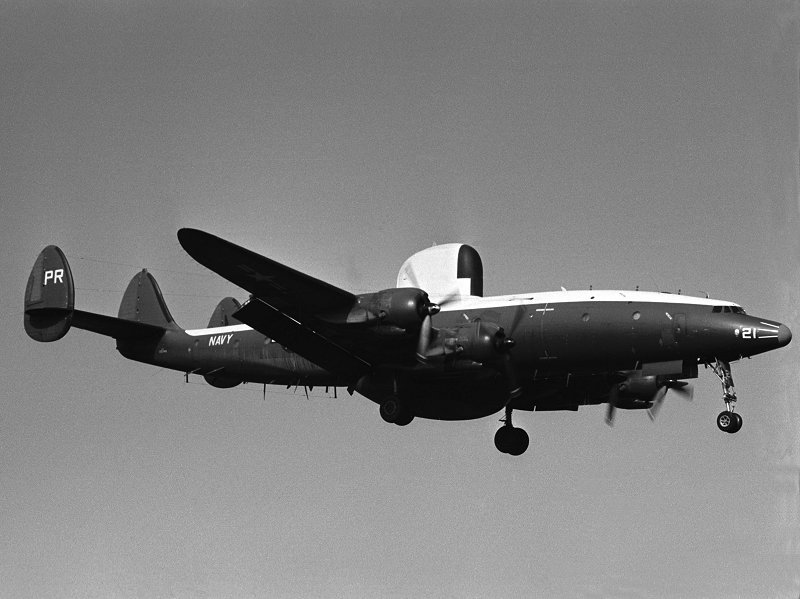
Despite EW’s importance, the Navy found itself in the position of being the sole provider of aerial electronic warfare capability to the joint force. How did this situation arise and how did it result in unconventional arrangements for these high-demand assets?
In November 1994, recommendations made by the congressionally-mandated Commission on Roles and Missions of the Armed Forces, established to eliminate redundancy and waste in DOD, led to increased funding for the EA-6B Prowler and a cut in funding for the Air Force’s EF-111A. This effectively established the Prowler as the sole source of Joint Suppression of Enemy Air Defenses (JSEAD) support.
A number of factors contributed to the decision to retire the EF-111A in favor of the EA-6B. First and foremost was the issue of operating expenses. Although the EF-111s made up nine percent of the aircraft in the Air Force’s Tactical Air Command, they consumed 25 percent of the command’s maintenance budget. While both aircraft needed new ECM equipment to counter the next generation of SAM systems, the EA-6B’s ICAP-II weapons system had a better tactical jamming capability. The EA-6B’s four-man crew provided additional operational advantages over the EF-111A’s two-man crew. The EA-6B was also equipped to fire the AGM-88 HARM, which the EF-111A was not. Lastly, and not insignificantly, the Air Force was promoting a concept that stealth aircraft required no outside electronic warfare support to perform their mission.

After the EF-111As were retired, the EA-6B became the Joint Force’s only airborne tactical jamming platform. To support the JSEAD mission, the Navy created non-carrier based expeditionary squadrons that deployed to overseas bases to support U.S. land-based air assets.
A modern high-end conflict is expected to feature a heavily contested electromagnetic spectrum. What are some key lessons from the history of electronic warfare that can inform preparations for modern high-end combat?
Although electronic warfare has played an important role in every major aerial campaign since World War II began, interest in its continued support and development has often waned during the peaceful interlude that inevitably follows such conflicts. This phenomenon can be attributed to a number of factors concerning the nature of electronic warfare. First is the secrecy surrounding its operations and equipment, which limits the dissemination of EW information to the public and within the military itself. Since the mission of such aircraft is to collect information or suppress enemy air defenses, it lacks the glamour associated with missions flown by attacking aircraft. This discrepancy is reflected in the attitude and elan of the pilots in the attack community who have great influence over what type of aircraft need to be procured or developed. In the past as budgets tightened, the leadership within the aviation community preferred to spend their limited resources on obtaining more fighter, bomber, or attack aircraft, only to discover during the next major conflict that it had to rely on a limited number of somewhat obsolete EW assets to support its mission objectives.
This attitude is no longer as prominent, as evidenced by the latest EW suites being developed for the F-35 and the newest versions of the F-18. The reasons for this are twofold. First is how air power in today’s military operations has to overcome the proliferation of sophisticated air defense systems and enemy fighters armed with air-to-air missiles, which can only be overcome via robust SEAD capability. This concept is well-understood within the aviation community and the upper echelons of the U.S. military. Second, are the extraordinary advances in software and digitization that have enabled the development of state-of the-art EW suites that are lighter and smaller than legacy systems. These new systems are also engineered for autonomous operation. Autonomous operation eliminates the need for additional crew members, and the size and weight reductions allow very sophisticated EW suites to be installed in the latest generation of single-seat fighters without affecting aircraft performance. Whether such systems eliminate the need for dedicated EW attack aircraft remains to be seen.
Thomas Wildenberg is an award-winning scholar with special interests in aviators, naval aviation, and technological innovation in the military. He is the author of a number of books on a variety on naval topics, as well as biographies of Joseph Mason Reeves, Billy Mitchell, and Charles Stark Draper.
Dmitry Filipoff is CIMSEC’s Director of Online Content. Contact him at Content@cimsec.org.
Featured Image: A Marine Corps EA-6B Prowler departs after receiving fuel from a U.S. Air Force KC-135 Stratotanker. (Staff Sgt. Trevor T. McBride/Air Force Photo)

